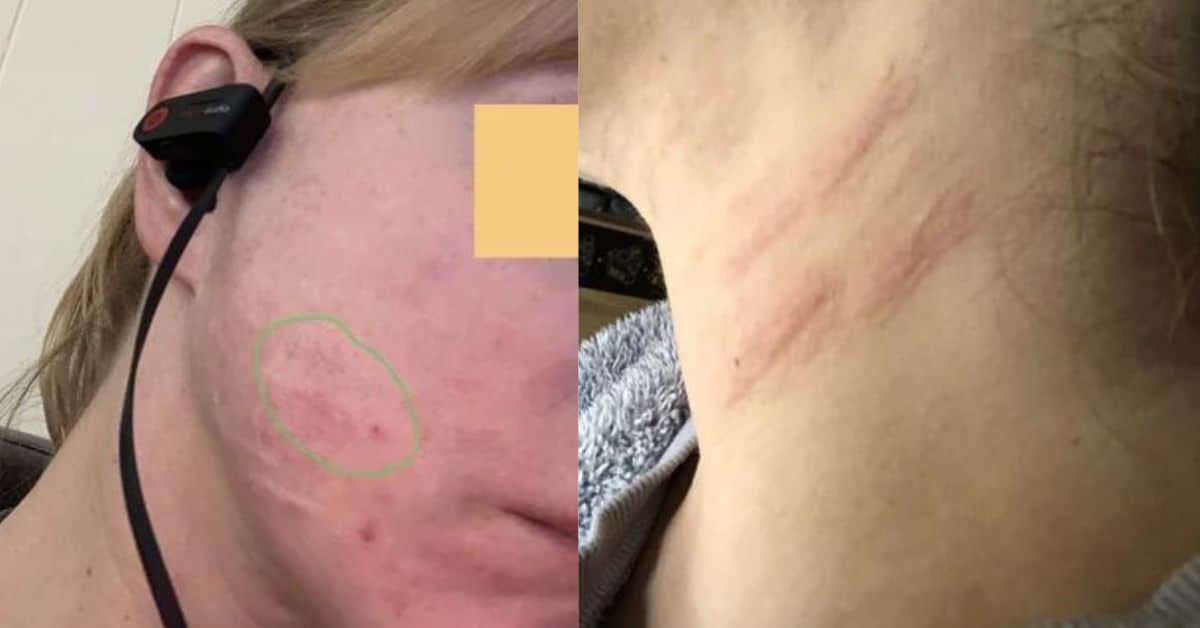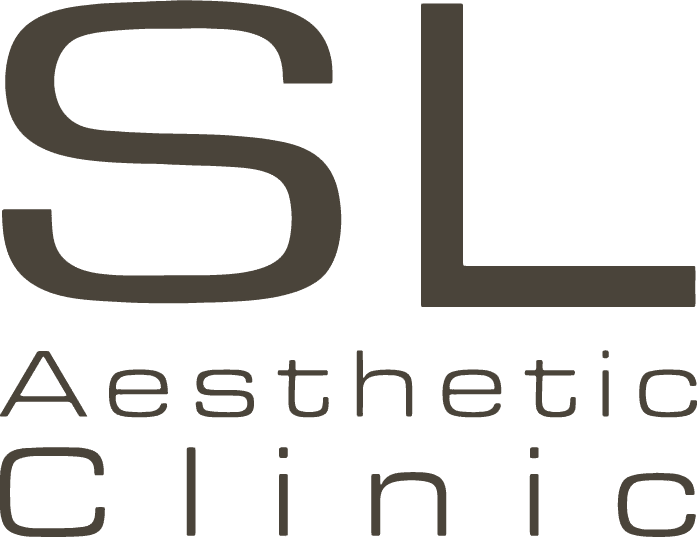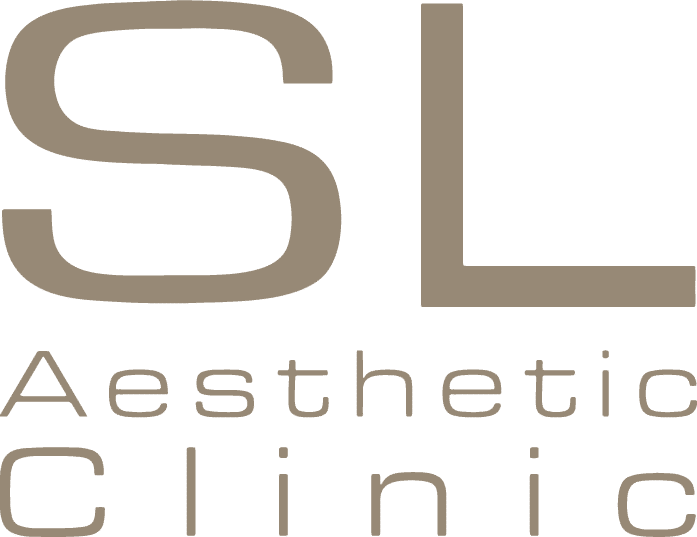|
|
|
Typically resolves within three to 72 hours of treatment
|
|
|
Redness that resembles inflammation
|
May present immediately following treatment; typically resolves within a few hours
|
|
|
Caused by damage to soft blood tissue vessels
|
Typically resolves within two days to two weeks
|
|
|
Some tenderness may occur
|
Typically resolves within two days to two weeks
|
|
|
Superficial, localised swelling of the skin that resembles hives
|
Typically resolves within one day to three weeks of treatment
|
|
|
Burns may occur if incorrect treatment technique is used.
An experienced provider can prevent this.
|
Some scars may respond to medical treatment and resolve fully
|
Transient sensory nerve effects
|
These include tingling, itching and some numbness.
No permanent nerve injuries have been reported.
|
|
|
|
An inflammatory reaction of one or more hair follicles in the armpit. Only at risk if treating excess underarm sweating (axillary hyperhidrosis)
|
Typically resolves within five weeks
|


